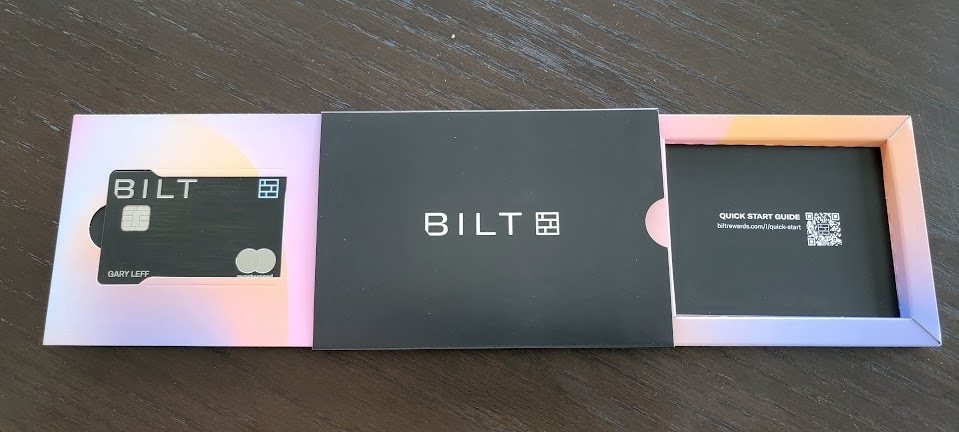
Inside Bilt’s Innovative Strategy: CEO Ankur Jain Explains Customized Credit Models, 250K Point Rewards, and 5-10% Cost Savings for Partners
Ankur Jain, CEO of Bilt Rewards, recently joined the Wall Street Journal’s Bold Names podcast, where he discussed the economics behind their business model, addressed some perceived challenges, and shared insights into their growth strategies. He also hinted at what’s in store for their credit card offerings, following recent surveys seeking to update their credit card options.
Last year, the Journal reported on Wells Fargo’s struggles with the Bilt credit card, which has seen lower-than-expected credit lines, limiting usage mainly to rent payments. Customers who pay their rent monthly aren’t using the card for additional expenses. Despite the high costs associated with the deal, it’s important to note that Wells Fargo is also an investor in Bilt.

As Jain explained, while the product may incur upfront losses—common in card acquisitions—the Bilt card avoids many of the hefty marketing costs typically associated with card distributions. However, initial bonuses and promotional expenses remain a reality for any new card initiative.
Wells Fargo anticipated greater spending and revolving balances on the Bilt card, leading to a reassessment of customer segmentation strategies. Jain referenced the tiered offerings of American Express, highlighting Bilt’s exploration of varying annual fee structures to cater to diverse customer preferences.

According to Jain, a universal card solution isn’t feasible given the diverse needs of customers. Though not explicitly stated, comparing performance metrics against an initial model used for the Bilt agreement may not accurately reflect the current state, especially as strategies evolve.
What Bilt has achieved is a solution to the distribution challenge prevalent in the credit card market. Traditionally, card issuers spend billions to attract customers through partnerships with airlines. Bilt has innovatively built its own brand and developed a customer acquisition pipeline that partners want to engage with, recognizing the value in Bilt’s rewards and benefits programs. This positioning reveals substantial revenue potential.
For any financial product, there are higher acquisition costs that recoup over time. Our key challenge was designing a brand-new product that truly excites consumers, and we’ve successfully established our distribution model.

Bilt has implemented several strategic measures, including:
- Addressing landlord billing and marketing hurdles: They aim to disrupt traditional property management systems, enhancing their access to renters. Jain likens Bilt’s approach to platforms like Toast in the restaurant sector, creating a payment processing solution for the housing sector. Property managers can now issue leasing incentives through Bilt, attracting renters more efficiently. For instance, when renters sign a 12-month lease, they could opt for a month of free rent or rewards like 250,000 travel miles along with dining credits.
- Providing renters a unique rewards system: Bilt was established to reward individuals for what is typically their largest monthly expenditure—rent. Jain emphasizes that while many may overlook housing costs, they can often drain up to 50% of one’s income. This has not yet been modernized like other payment sectors, and Bilt’s aim is to digitize the rent payment process and offer enticing rewards.

Once Bilt attracts customers and engages them effectively, they can leverage that relationship for targeted marketing. Similar to airlines, this positions Bilt to monetize these connections through partnerships with brands like Lyft, Walgreens, and local dining venues. Moreover, by branching into mortgage services, Bilt aims to replicate their rental success.
This year, we’re expanding our reach into a significant portion of American mortgages. Just like setting up a Bilt account for renting, homeowners will soon be able to use Bilt for mortgage payments, earning rewards and accessing neighborhood benefits in the process. Our goal is not only to add value for customers but also to help mortgage servicers transition from cost centers to value-generating entities.

Co-branded cards represent an expanding opportunity for partnerships, especially as they align with a demographic possessing a significant disposable income and are at an early stage in their consumer journey.
(HT: @crucker)
Explore More from View From the Wing









